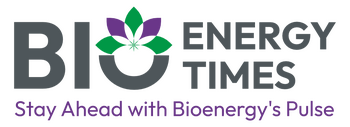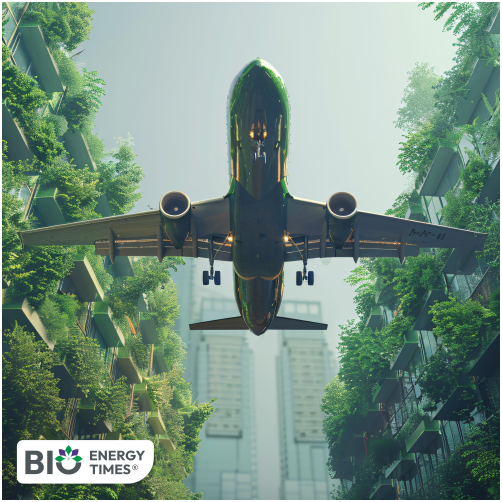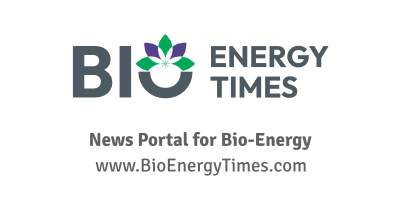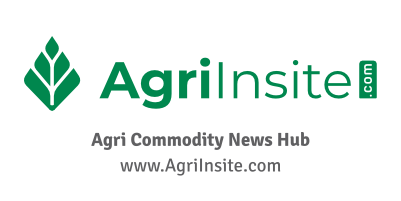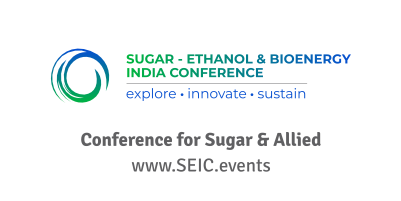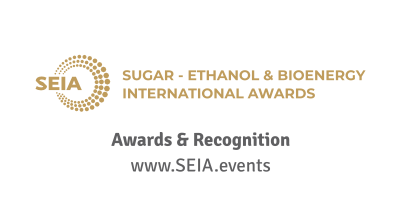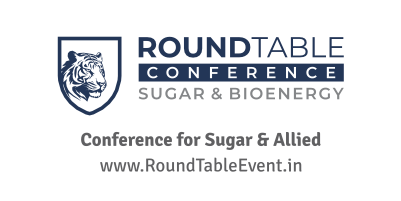Syzygy Plasmonics has announed the release of a new white paper titled “Solving the SAF Trilemma: Cost, Feedstock, and Financeability,” presenting an innovative method for producing sustainable aviation fuel (SAF). The document explains how Syzygy’s NovaSAF™ platform provides a scalable, policy-compatible, and economically feasible solution to help decarbonize the aviation sector, according to the press release.
Trevor Best, Syzygy Plasmonics’ CEO, emphasized that NovaSAF™ is more than just a product—it acts as a catalyst for policy advancement. He noted that the white paper demonstrates how technological innovation can assist regulators and industry players in achieving climate targets while also opening up new economic prospects.
With global regulators stepping up efforts to cut aviation emissions, the demand for SAF is projected to surpass 200 million metric tons per year by 2050. Yet, current production falls short by over 120 million metric tons. NovaSAF™ aims to close this gap by transforming biogenic methane and carbon dioxide into ASTM-certified SAF through the use of light-driven catalysts and renewable electricity. This process lowers equipment expenses, utilizes abundant feedstocks, and yields strong financial returns. In many cases, it competes favorably with the cost of HEFA and, under certain conditions, can even match Jet-A fuel prices.
Importantly, NovaSAF™ complies with both SAF and eSAF (electrofuels) standards under the EU’s RED III directive and the UK’s Renewable Transport Fuel Obligation (RTFO). A single NovaSAF facility produces fuel that qualifies under two separate categories: a portion as an Advanced Biofuel and the remainder as a Renewable Fuel of Non-Biological Origin (RFNBO). This dual certification grants access to premium SAF markets and helps ensure the financial sustainability of investments.
The white paper also highlights Syzygy’s Rigel reactor technology, which runs on renewable electricity and avoids fossil fuel combustion. This technology, combined with the established Fischer-Tropsch process, converts biogas into a liquid that can then be hydrotreated into SAF. Syzygy’s innovation lies in integrating these technologies into a modular system that supports distributed, site-specific production.
The paper features Syzygy’s inaugural commercial project, NovaSAF 1, based in Uruguay. This plant will convert manure from 14,000 cows into 400,000 gallons (1,100 tons) of SAF annually, powered by a national grid that is more than 90% renewable. The project serves as a proof of concept for the platform’s scalability and its potential to reduce methane and aviation emissions simultaneously.
Syzygy’s approach centers on expanding SAF production through replicable projects and technology licensing, aiming to fulfill the increasing demand for low-carbon aviation fuels over the next quarter-century.
